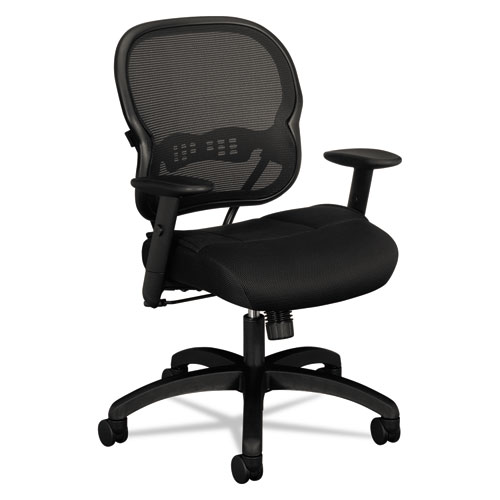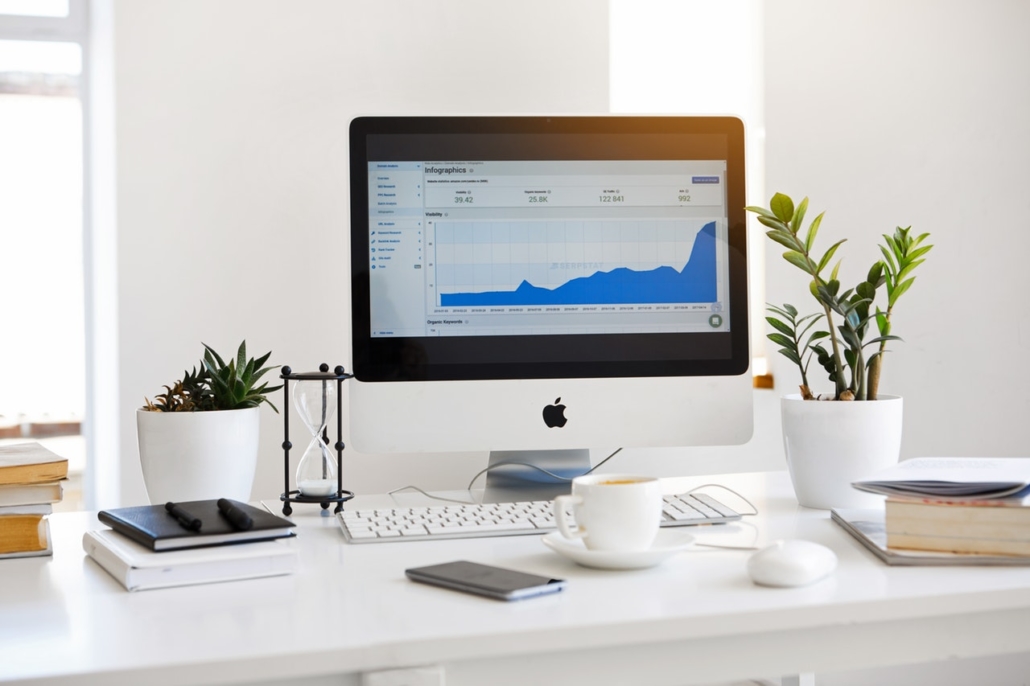Ergonomic Office Furniture Tips for Working at Home
Workplace ergonomics are important, even when you’re working out of the office. Many office workers are adjusting to working at home and may not be comfortable with their surroundings. Just like working at the office, the key to staying productive is by constructing a comfy workspace and practicing healthy habits.
Try using these tips to in order to make yourself more comfortable working at home.
Don’t Work From the Couch, Create a Dedicated Workspace

A common mistake that people make when working from home is working from the couch or bed. While this sounds comfy on paper, it really isn’t, since neither of these things will provide the back support you need for long workdays. Plus, you’ll feel the urge to slack off while using them, which could cause you to lose precious workhours.
To stay productive at home, you need to create a dedicated workspace you can use during the day. Set up a desk and a chair in a quiet area of the house so you won’t be bothered by outside noise. Organize your supplies in an orderly manner and keep what you need close by, so you don’t have to stretch your hands out far to grab important items.
Select a Comfy & Adjustable Office Chair for Work

Next, you’ll need to pick out a good office chair to use. Adjustable office chairs are essential for home office work, since you can make quick adjustments to accommodate your needs during the workday. Look for a task chair you can adjust the height of and try to look for one that offers swivel support so you can swing it around as needed.
Your chair should also offer lumbar support so you don’t strain your back. In addition, you need to be mindful of the materials being utilized in the chairs you’re browsing. Fabric, mesh, leather and vinyl are some of the best materials to go with, since they are durable and offer maximum comfort.
Be sure to use our free chair guide if you need help making a selection.
Position Yourself & Your Tools Well

Besides having comfortable furniture, you also need to make sure you’re positioning yourself well and keeping good posture. If you’re tilting your head too much or twisting your back you could strain yourself, which will have a negative impact your overall health.
The top of your computer monitor should be a couple of inches above your eye level. This will let you see the screen without having to bend your head down or up. If the monitor’s too low, you’ll need a monitor riser to bring it up a bit.
Your feet should stay planted flat on the ground, so use a footrest if your feet don’t reach. If you have an armchair, your arms should be resting 90 degrees on them. Finally, keep your keyboard and mouse close by so you don’t have to stretch your arms out too far.
Use External Keyboards & Monitors If Necessary

If you’re using a laptop to do your work, it may prove difficult to follow the positioning tips listed before. In a case like this, it’d be wise to invest in an external keyboard and monitor that you can hook up to your laptop.
Doing this will allow you to set up a more traditional computer station, all while keeping the documents and information on your laptop. If you aren’t comfortable using your laptop at home, this is something you might want to try out.
Set Yourself Up With Plenty of Natural Light
Natural light is important in any workspace, whether you’re at home or at the office. Not only is natural light good for your skin, it also makes it easier to see what you’re doing and keeps you from straining your eyes. When you’re setting up a home office, your ergonomic desk needs to be installed somewhere that provides plenty of light.
Try working in a room with windows in it and keep the blinds open to let in as much light as possible. If you have mirrors at home, try setting one up in your new workspace. The light will reflect around the room, making it brighter overall.
On a final note, make sure you regularly clean your windows, so the smudges don’t block out the light.
Give Your Eyes a Rest

No matter how comfortable your home office is, you shouldn’t sit at it all day. Every hour or so, you should take five minutes to get up and walk away from your computer screen. It’s important that you give yourself a chance to unwind, especially during this stressful period.
Go to the kitchen and grab a snack, or take a few minutes to get some quick stretches and exercises in. Or, reach out to your coworkers to see how they’re handling themselves. Working nonstop will only make it easier for you to crash before the workday concludes.
Need some help finding good ergonomic furniture for your home?
Check out our Chair Download Guide and see which chair is right for you.




